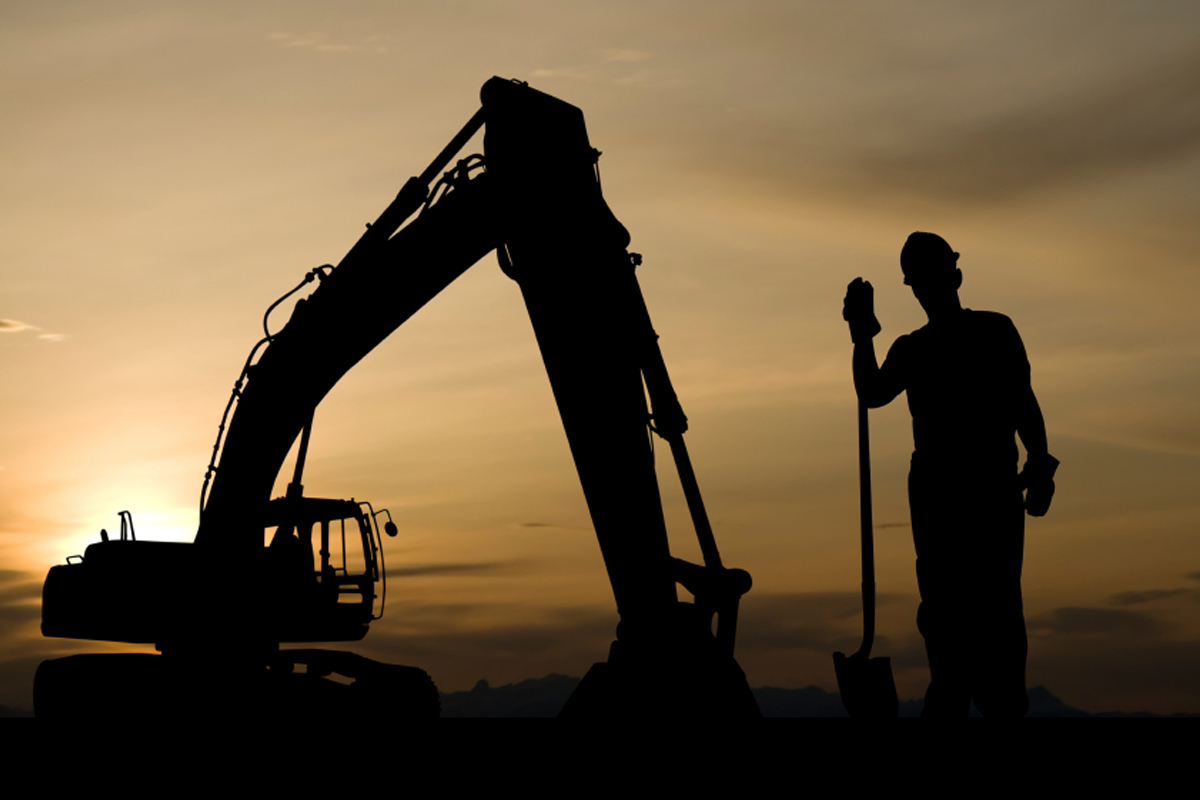Nunavut economy to grow 6.4 percent in 2017, study says

Nunavut’s economy will grow by 6.4 percent in 2017 — due to mining and construction.
With four mines expected to reach operation by 2020, the Conference Board of Canada forecasts a steady expansion in Nunavut’s gross domestic product, or GDP, which has been rebounding since a drop in 2014.
“Metal mining is the single largest contributor to economic growth, and all operating mines are planning increases in production,” said an Aug. 1 report from the conference board on all three territorial economies.
This year, mining output will grow by 23.7 percent, following the opening of TMAC Resources Inc.’s Doris North mine in the Kitikmeot and increased production at Baffinland Iron Mines Corp.‘s Mary River mine and Agnico Eagle Ltd.’s Meadowbank.
That output will increase by 27 percent by 2019 when Agnico Eagle brings its Meliadine and Amaruq projects into production, the biannual report said.
Since dwindling reserves at Agnico Eagle’s Meadowbank site mean operations there will soon wind down, the territory should see a 0.2 percent decline in total GDP in 2018, said the report.
The end of Meadowbank’s life will also produce some job losses, as only 500 people are to be employed at the nearby Amaruq satellite site, compared with 718 at the current Meadowbank mine. But during peak production, as many as 1,000 workers will be employed at the Meliadine mine site near Rankin Inlet.
The low price of iron ore means Baffinland will continue to reduce costs at the Mary River mine in north Baffin, despite a ramp-up in production, the report said.
Low metal prices also mean exploration and drilling activities are down, having seen a plunge in 2013 and 2014 that “has remained stagnant since,” said the report.
And, a potential carbon tax has mining companies worried about the increased cost of diesel.
“Still, the economy will expand in most of the remaining 12 years of the forecast, averaging 2.5 percent annually,” said the report.
The report’s forecast runs to 2030.
Besides mining, “Nunavut’s construction sector will surge this year,” said the report, but added that with government investment waning, “that will be followed by three weaker years.”
Mining construction and government investment in infrastructure combined will see construction output rise by 14 percent this year.
These projects include construction work at the two new Agnico Eagle mine sites in the Kivalliq region, the new airport in Iqaluit, the Canadian High Arctic Research Station in Cambridge Bay and Iqaluit’s Aquatic Centre.
But, since those Government of Nunavut projects are either completed or nearing completion, the report forecasts that government investment will fall by 9.2 percent this year.
The report said this slowdown in spending will also result in the loss of almost 500 jobs in health, education, public administration and defence.
“Overall, employment is projected to fall by 366 [jobs] this year,” it said.
The report did not mention the Iqaluit port and small craft harbor project, which aims to be ready by 2021.
When the Agnico Eagle sites are finished “construction output [will] drop by 19 percent in 2019, and another 18 percent in 2020,” leaving construction output in the territory at its lowest since 2012, the report said.